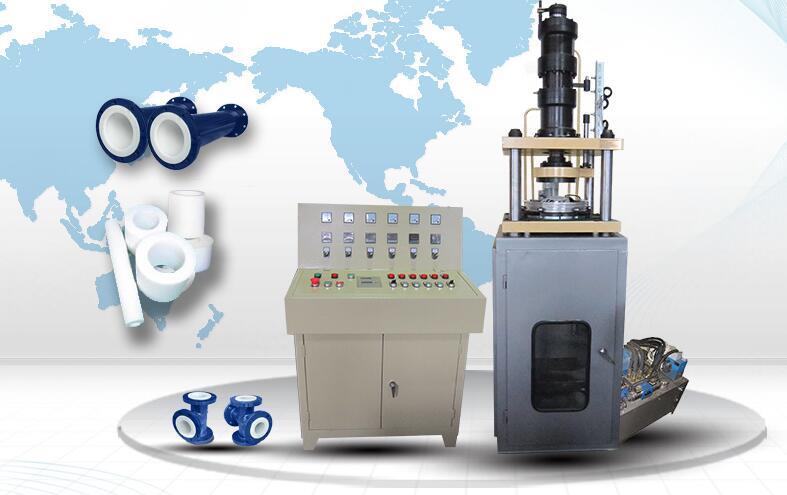Blow molding ( BrE moulding ) is a manufacturing process by which hollow plastic parts are formed: It is also used for forming glass bottles. In general, there are three main types of blow molding: extrusion blow molding, injection blow molding, and injection stretch blow molding.Compression molding is a method of molding in which the moulding material, generally preheated, is first placed in an open, heated mould cavity.

| Property Name | Blow Molding | Compression Molding |
|---|---|---|
| Shapes | Thin-walled: Cylindrical, Thin-walled: Cubic, Thin-walled: Complex | Flat, Thin-walled: Cylindrical, Thin-walled: Cubic, Thin-walled: Complex |
| Part size | Envelope: Up to 105 ft³ | Area: 0.005 in² – 16 ft²Weight: 0.2 oz – 35 lb |
| Materials | Thermoplastics | Thermosets(Composites, Elastomer, Thermoplastics) |
| Surface finish – Ra (μin) | 250 – 500 | 6 – 60 |
| Tolerance (in.) | ± 0.04(± 0.01) | ± 0.04(± 0.006) |
| Max wall thickness | 0.015 – 0.125(0.01 – 0.24) | 0.06 – 0.5(0.03 – 0.8) |
| Quantity | 100000 – 1000000(1000 – 1000000) | 1000 – 200000(100 – 200000) |
| Lead time | Days | Weeks(Days) |
| Advantages | Can form complex shapes with uniform wall thickness, High production rate, Low labor cost, Little scrap generated | Low labor cost, Little scrap generated |
| Disadvantages | Limited to hollow, thin walled parts with low degree of asymmetry, Poor control of wall thickness, Poor surface finish, Few material options, High tooling and equipment cost | Limited shape complexity, Few material options, High tooling cost, Long lead time possible |
| Applications | Bottles, containers, ducting | Housings, panels, dishes |
Post time: Nov-08-2018

